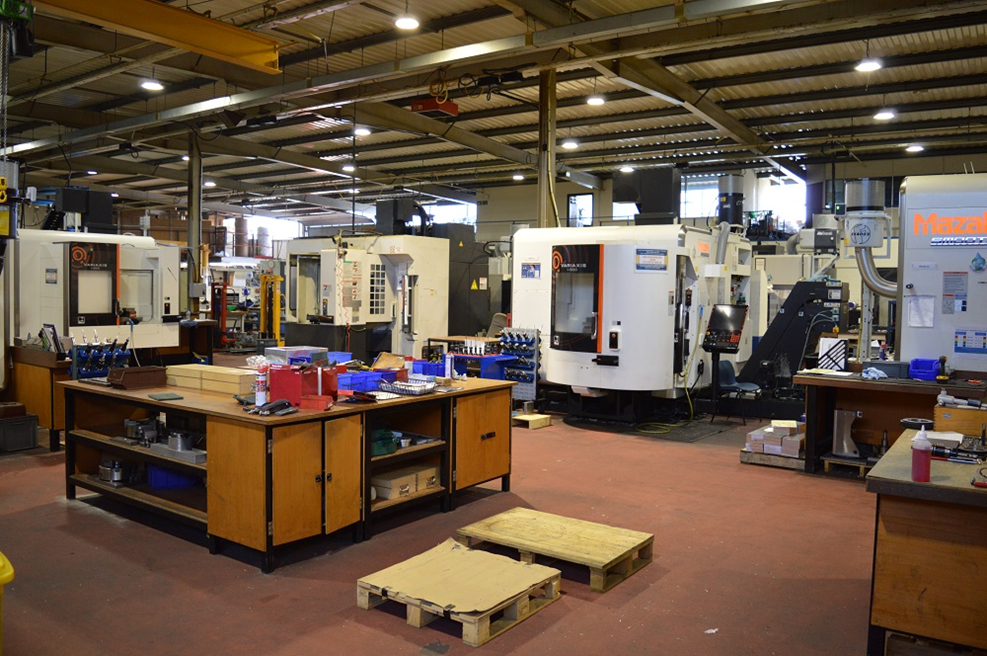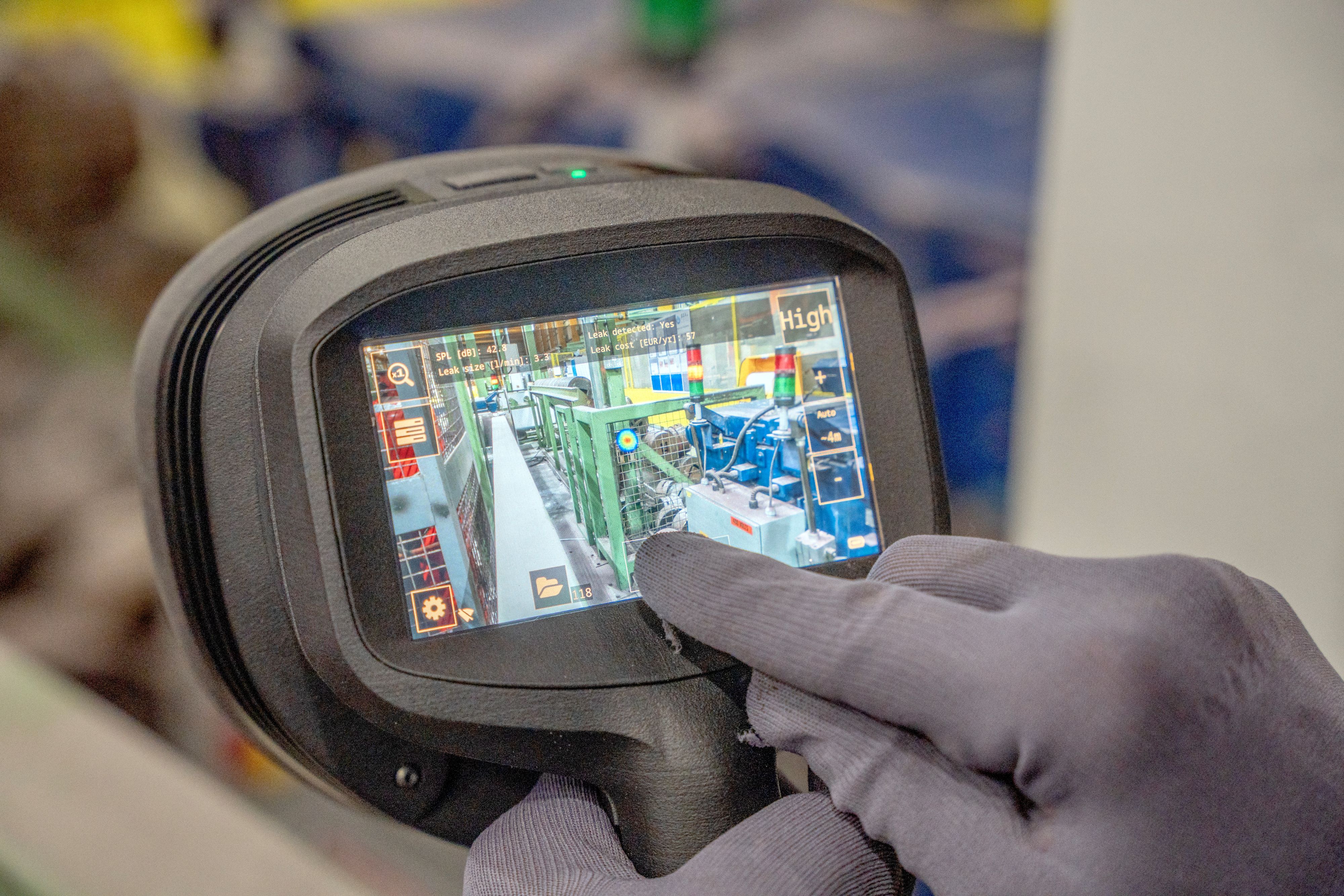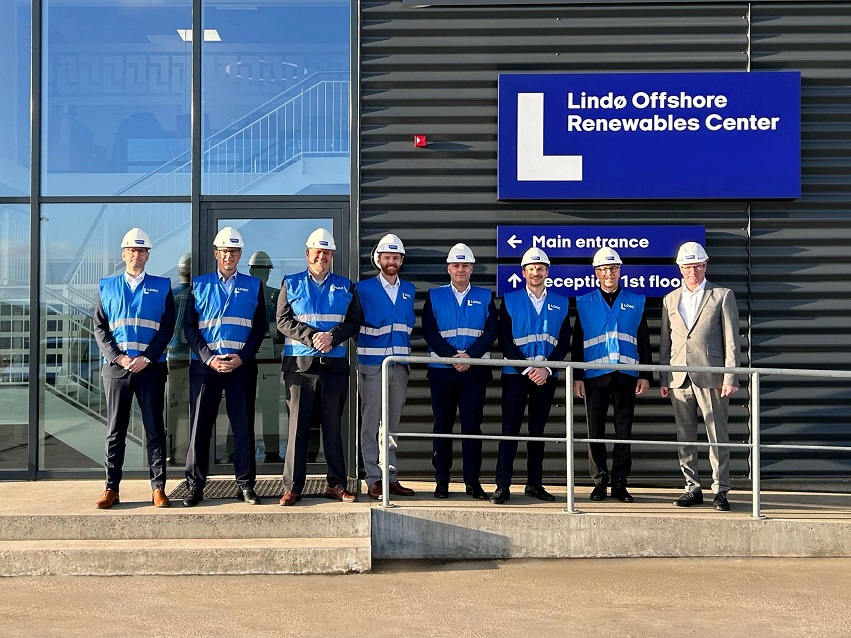Overview
In a collaborative effort with a prominent global copper smelting operation, IGS (Integrated Global Services) successfully executed a groundbreaking project aimed at enhancing the reliability and longevity of a waste heat boiler.
The project not only showcased the technical capabilities of IGS but also delivered substantial commercial benefits to the plant.
Commercial Benefit Analysis
Avoided Downtime and Replacement Costs
Traditionally, the copper smelter plant faced significant challenges with the waste heat boiler, experiencing only 11 to 13 months of service life for critical panels. This led to extensive downtime, high replacement costs, and logistical challenges, particularly exacerbated by supply chain disruptions due to the COVID-19 situation.
IGS intervened with a high velocity thermal spray (HVTS) cladding solution, aiming to extend the intervals between turnarounds. The successful application resulted in a remarkable avoidance of downtime and replacement costs, contributing significantly to the project’s return on investment.
Identification of Issues and Initial Contact
The copper smelter plant in Chile, facing corrosion and erosion issues in their waste heat boiler, had historically resorted to panel replacements, single tube replacement and weld build-up strategies.
The turning point occurred when a representative came across another waste heat boiler reliability project delivered by IGS and approached the company seeking alternative solutions. This led to a comprehensive technical presentation to the plant’s maintenance and commercial teams.
Contract Award and Application
Following successful presentations and discussions, IGS secured a contract for a 70-square-meter application of their proprietary HVTS high-nobility alloy. The application took place in a laydown yard in October 2022, targeting critical areas of the waste heat boiler was applied.
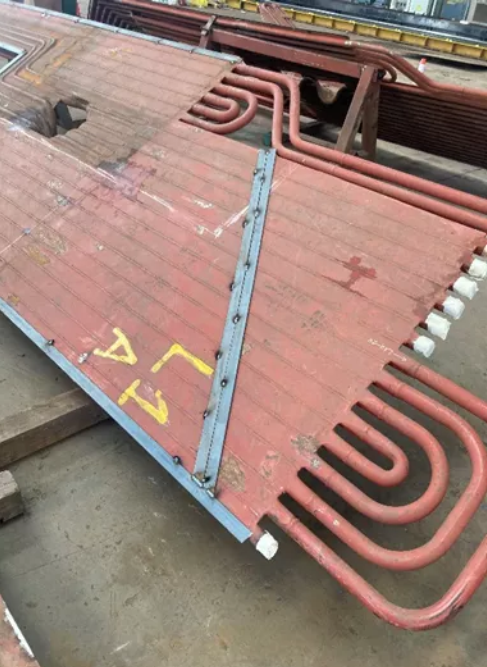
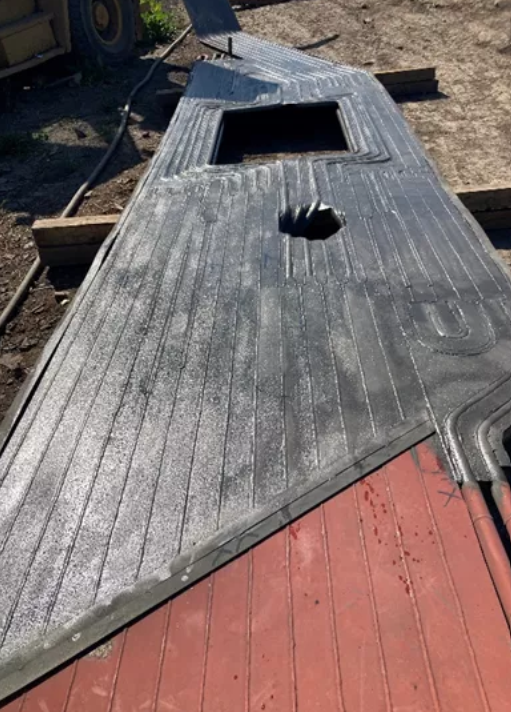
Post-Application Inspection
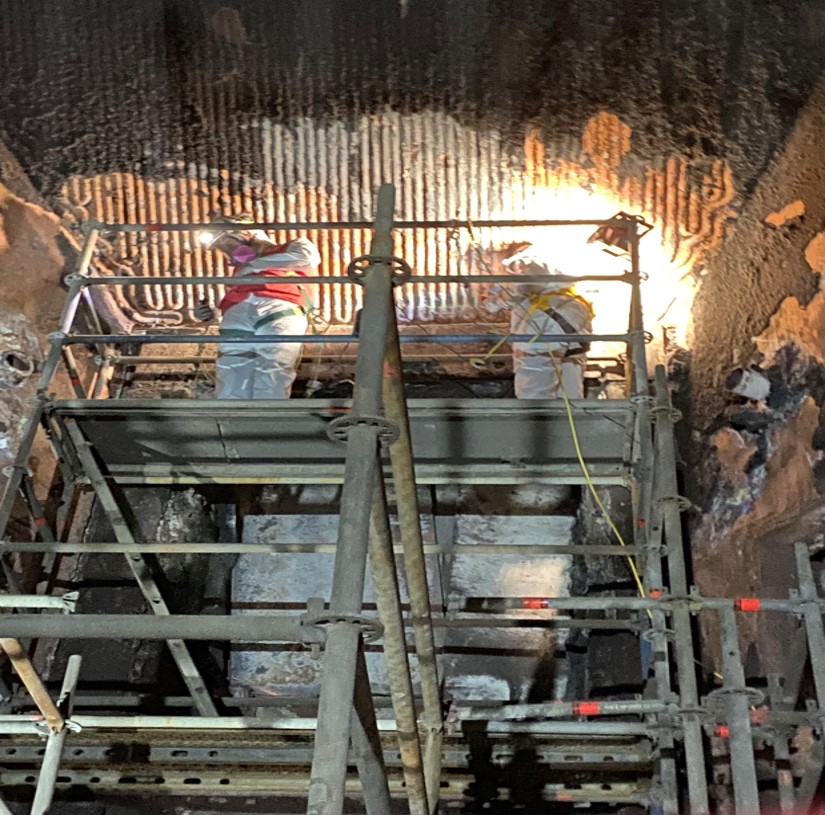

The waste heat boiler ran continuously until the end of September 2023. In August, anticipating an outage, IGS mobilized an inspection crew, including local representatives from Chile. Despite a tight five-hour window, the team conducted a thorough inspection using magnetic lift-off (MLO) gauge testing. The results were overwhelmingly positive, with the cladding exhibiting no degradation after 11.5 months of service. Kevin Phillips, who has overseen both the project and inspection, described the cladding as in-applied condition.
“In all my years as a technical solutions partner, I have never had a client hug me. They were so pleased with the outcome!”, said Kevin.
Future Collaborations and Market Expansion
The success of the waste heat boiler project paved the way for potential collaborations on other critical components within the copper smelter. Converter hoods, copper cooling plates, and other identified assets are now under consideration for IGS solutions. The client’s satisfaction has positioned IGS as a trusted partner.
Conclusion
The IGS project on the waste heat boiler at the copper smelter stands as a testament to the company’s innovative solutions, delivering both commercial benefits and engineering excellence. This case study exemplifies how IGS’s proactive approach and proven solutions can transform operational challenges into opportunities for extended asset life and enhanced productivity.
Integrated Global Services, IGS - Your Efficiency & Reliability Partner

